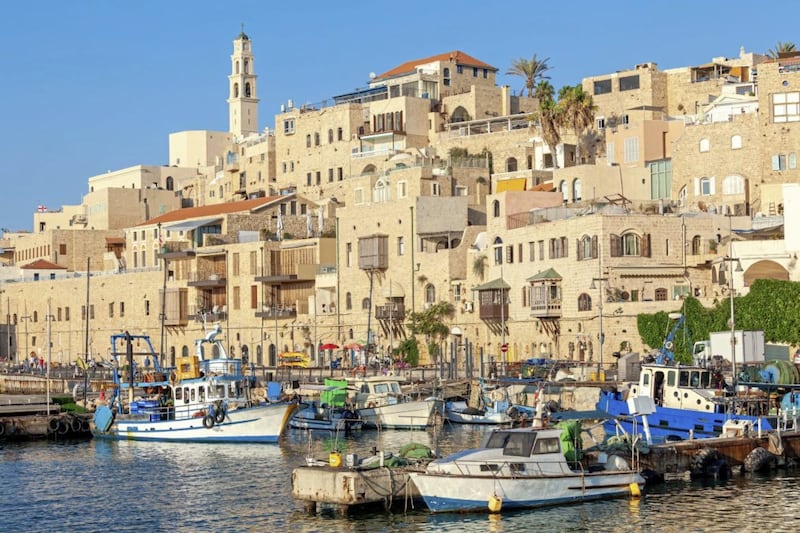WHETHER through the eyes of faith or as a tourist, the Holy Land is an unforgettable destination. It is an intoxicating mix of culture, religion, history, architecture, sun-soaked beaches and world-class cuisine.
Nestled in the heart of the Middle East, the territory that we refer to as the Holy Land is the land between the Mediterranean Sea and the Eastern Bank of the Jordan River roughly corresponding to the modern State of Israel, the Palestinian Territories, western Jordan, and parts of southern Lebanon and southwestern Syria.
The land is holy to Jews, Christians and Muslims. But it is also a bustling melting pot and the crossroads between Europe and the East.
The jewel in the crown is Jerusalem, claimed by both Israelis and Palestinians as their capital. For believers, it is the only city that exists twice – in both heaven and on earth.
The city has been destroyed at least twice, besieged 23 times, captured and recaptured 44 times, and attacked 52 times – and yet it still stands.
Perhaps we're used to seeing Jerusalem in the news because of sporadic clashes in the ongoing Israeli-Palestinian conflict. This has led unfairly to a feeling abroad that the city and wider region is unsafe.
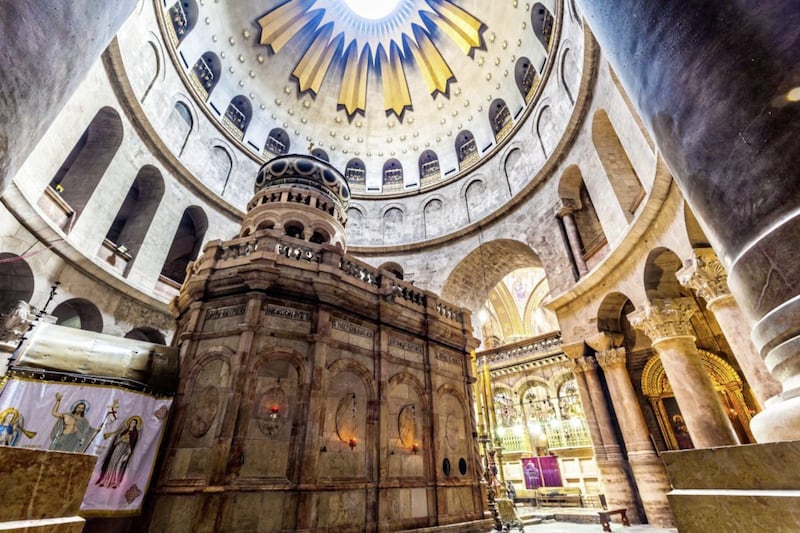
It is an unfortunate caricature, and one we are all-too-familiar with at the height of the conflict in Northern Ireland where tourists avoided our many wonderful sites over fears of violence.
The Holy Land is most important as a site of pilgrimage. It has been visited by Jews for over 3,000 years and Christians close on 2,000 years to visit the sites associated with the life of Christ.
Christianity has had such an influence on the culture and language of the western world that towns like Nazareth, Bethlehem, Capernaum, Cana and, of course, Jerusalem roll off the tongue and conjure up the biblical scenes.
What is remarkable about most of the sites in the Holy Land is how comfortably the ancient sits with the modern. As one ascends the slight incline in Nazareth towards the Basilica of the Annunciation – the site where Christians believe that Mary was told by the Angel Gabriel that she would become the Mother of God – there is a falafel and shawarma shop (one of the region's finest) seemingly hewn in the rocks that make up the foundations of the modern church and next to the first century cave where tradition holds that the event happened.
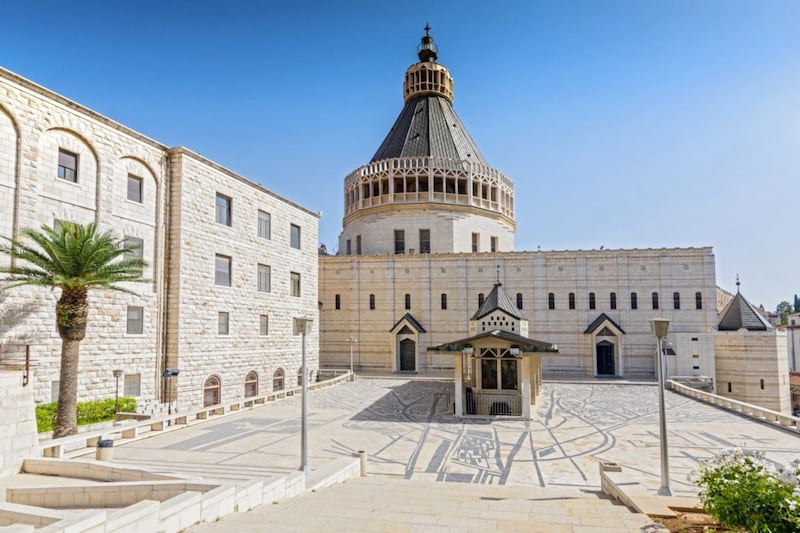
Nazareth is a bustling Arab town in the north of Israel made up of around 80,000 people – 80 per cent of whom are Muslim and 20 per cent of whom are Christian. It is the town where, according to the Bible, Jesus spent his childhood. It is the town where he was apparently almost thrown off a high hill after locals found his preaching objectionable (from where we get the idiom no prophet is accepted in his hometown).
It is in Nazareth where some of the best – and reasonably-priced – baklawa and kanafeh in the Holy Land can be found.
No visit to a Middle Eastern city would be complete without a visit to the marketplace or souq and Nazareth is no exception. Starting at the top of El-Bishara Street it occupies a maze of narrow, winding streets and one can haggle for a bargain and shop for anything from household goods to religious souvenirs to local spices and unfamiliar fruits.
Nearby is the small town of Cana of wedding feast fame where the Bible records that Jesus turned the water into wine. Enterprising locals never miss an opportunity to sell locally-produced wine to pilgrims and tourists, but it is known more as a nice gift for a couple to have a toast at their wedding than any gold medals.
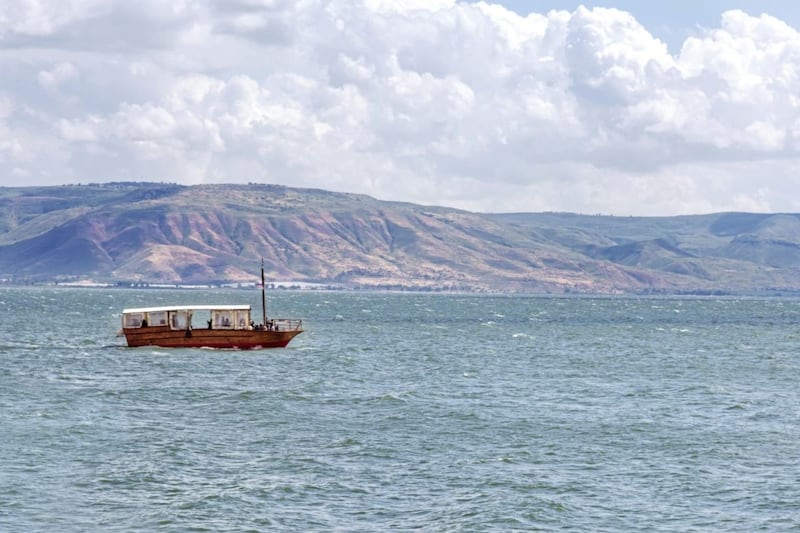
No visit to the northern region is complete without a visit to the Sea of Galilee where pilgrims can take a boat ride and visit sites like Tabgha and Capernaum where Jesus spent a lot of his time.
The sea – which is actually a freshwater lake – offers a variety of water sports and the nearby town of Tiberias is known for its lively nightlife. Those interested in military history will enjoy a visit to the nearby Golan Heights, an area captured by Israel from Syria in the Six-Day War of 1967. It is home to many promising wineries and a burgeoning goat cheese industry.
Heading south one crosses into the West Bank and therefore the Palestinian Territories. It is named for the fact that it is the land on the western shore of the River Jordan. It is here where the Bible records that Jesus was baptised by John the Baptist.
The narrow stretch of water known as the baptismal site is the border with Jordan and was a closed military zone until relatively recently due to the presence of many landmines, now thankfully cleared making the site accessible.
Going further south in the Jordan Valley one approaches a phenomenon that should be missed by no visitor – the Dead Sea. So great is the salt content in the sea, that one floats neatly on top of the water. The minerals in the sand are revered for their supposed healing qualities and many shops on the seashore sell the mud and other salts.
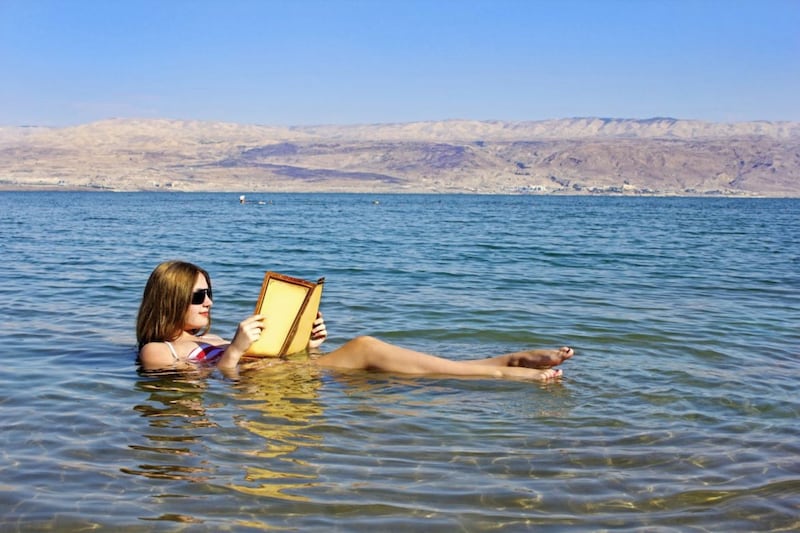
A brief drive west brings us to the town of Bethlehem where Christians believe Jesus was born. Though Christians today make up only about 12 per cent of the town's population, it is a place where the decorations stay up 12 months of the year and every day really is Christmas.
The centrepiece in the aptly-named Manger Square is the Church of the Nativity where one can ascend the few steps to the ancient site revered as the birthplace of Jesus. The nearby Milk Grotto Church is a popular destination due to a tradition that the powder from the rocks mixed with water has miraculous properties for couples having difficulty conceiving.
Bethlehem has gotten in on the brewing act that is sweeping the area and one can sit in the square at night and sip an appropriately-named Shepherds Beer, a blonde Czech-style Pilsner.
Jerusalem is just eight kilometres from Bethlehem through the Israeli security barrier that divides Israelis and Palestinians and serves as a constant reminder of that peace process that has been so near, and yet remains so elusive.
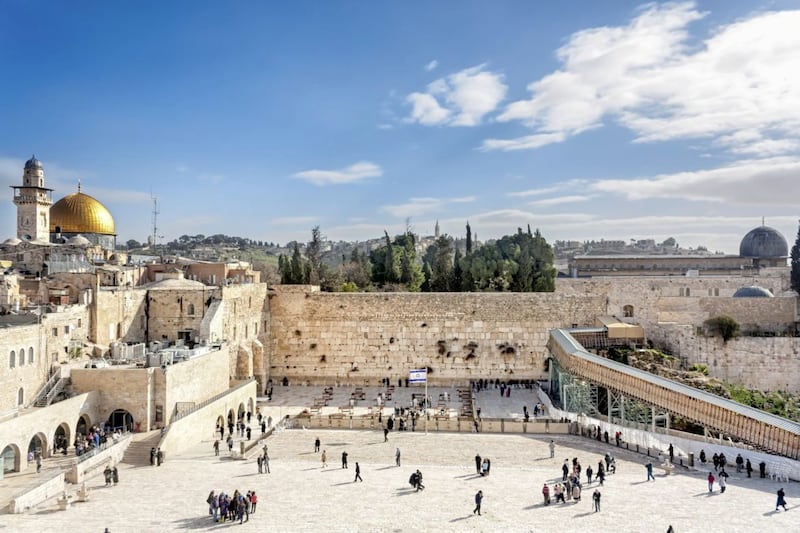
Today it is home to almost a million people and while one street resembles any modern European city, the next is an ultraorthodox Jewish neighbourhood. Cross the road and one is in the heart of Muslim Jerusalem. The Old City, with a dizzying array of shops and restaurants sits at the heart of this.
The highlight for Christians is to walk the Via Dolorosa to re-enact Christ's journey to Calvary which leads one to The Church of the Holy Sepulchre which contains the site of the crucifixion, burial and resurrection of Jesus. Here pilgrims and visitors of every background and tradition mingle and one can reach down and touch the site believe to be where the cross of Jesus stood as well as enter the small chamber where his body was laid and his apostles found empty on the first Easter Sunday.
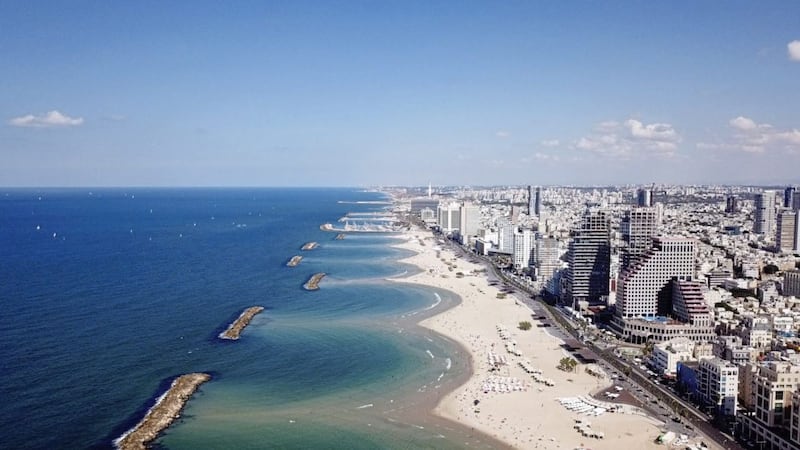
For beach lovers, Tel Aviv on the Mediterranean coast is less than an hour from Jerusalem on the new high-speed train. Locals describe it as a city that never sleeps, and the main bars and restaurants dot the beautiful shore with nothing but sea as far as the eye can see. A more tranquil and arguably more beautiful setting is the adjoining town of Jaffa.
The Holy Land is small, and one can easily see almost everything in a week or 10 days. But beware: there is something infectious. Pre-Covid, I was a visitor two or three times a year for the past 15 years and I have no intention of letting up.
Michael Kelly is Editor of The Irish Catholic newspaper and author of the newly-published book An Irish Pilgrimage Guide to the Holy Land available in all bookshops and from columbabooks.com, priced £14.99/€16.99. He will lead two pilgrimages to the Holy Land in October; for more information email michael@irishcatholic.ie.
An Irish Pilgrimage Guide to the Holy Land will be launched in the Cappagh Parish Centre in Omagh on June 3 at 8pm.
